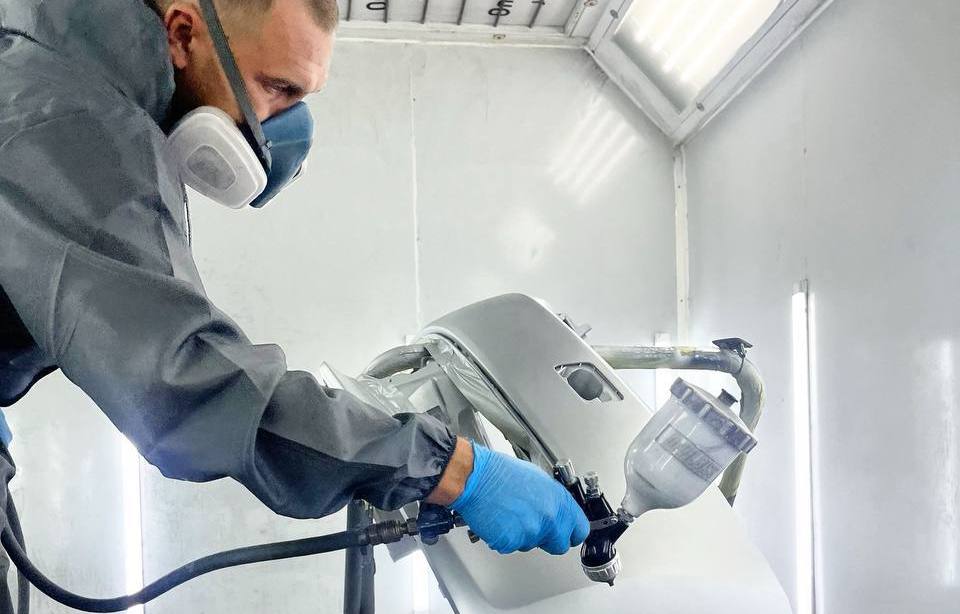A car’s chassis is a complex set of elements that provide not only comfort, but also, most importantly, safety while driving. Its condition directly affects the car’s handling, stability and braking efficiency. Regular chassis diagnostics allow you to timely detect and eliminate potential malfunctions, preventing expensive repairs and ensuring road safety for you and other road users.
Why is regular chassis diagnostics necessary?
A faulty chassis can cause a number of serious problems that negatively affect safety and comfort:
- Deterioration in handling: The vehicle becomes less predictable, especially when maneuvering, such as turning or emergency braking.
- Increased braking distance: Worn or damaged suspension components can cause uneven braking, which significantly increases the distance needed to stop.
- Uneven tire wear: Undercarriage defects cause uneven load distribution on the tires, leading to rapid wear and the need for premature replacement.</li
- Damage to other important elements: Vibrations and shocks caused by a faulty suspension can damage other vehicle components
Main stages of chassis diagnostics
Professional chassis diagnostics includes a comprehensive approach consisting of several key stages:
- Visual inspection: A thorough inspection of the condition of shock absorbers, springs, levers, silent blocks, steering rods and other elements for visible damage, cracks or deformations
.
- Checking for play: Identifying unacceptable play in ball joints, steering tips, wheel bearings and other joints that indicate wear or damage.</li
- Testing shock absorbers on a stand: Assessing the efficiency of shock absorbers using specialized equipment that allows you to measure their ability to dampen vibrations.
- Brake system check: Assessment of the condition of brake discs, pads, hoses, as well as the level and quality of the brake fluid.
When is it necessary to carry out chassis diagnostics?
It is recommended to carry out chassis diagnostics:
- At each scheduled maintenance (MOT).
- If any extraneous sounds, knocks or vibrations appear while the car is moving.
- If the car’s handling deteriorates, especially when turning or braking.
- If uneven tire wear is detected.
- After a road accident (traffic accident).
- If you experience any deviations in the operation of the chassis, do not delay, but contact qualified specialists. For example, you can order the service: chassis diagnostics.
Consequences of driving with a faulty chassis
Ignoring chassis faults can lead to serious consequences:
- Loss of control over the car, especially in emergency situations.
- Increased risk of getting into accidents.
- Significantly more expensive repairs in the future.
- Accelerated wear of other important car parts.
Where to carry out chassis diagnostics?
To carry out high-quality chassis diagnostics, contact specialized service stations that have:
- Experienced specialists who have the necessary knowledge and skills.
- Modern diagnostic equipment that allows you to accurately determine the condition of the chassis.
- For example, you can order the service: .
Regular diagnostics of the chassis is the key to your safety, comfort and durability of your car. Do not neglect this important procedure to avoid trouble on the road.




































 Request a Call
Request a Call  Plot Route
Plot Route  Reviews on Google
Reviews on Google 
